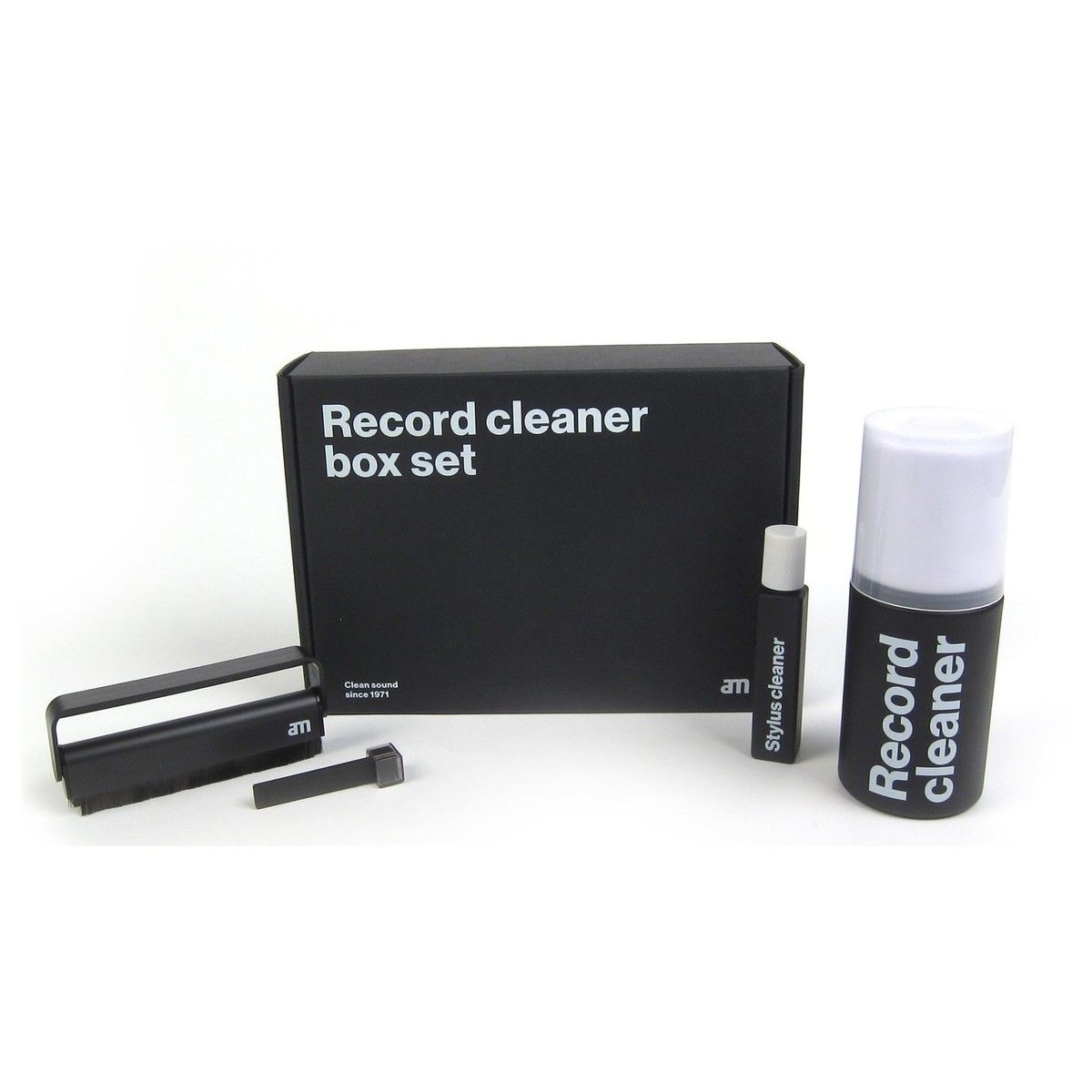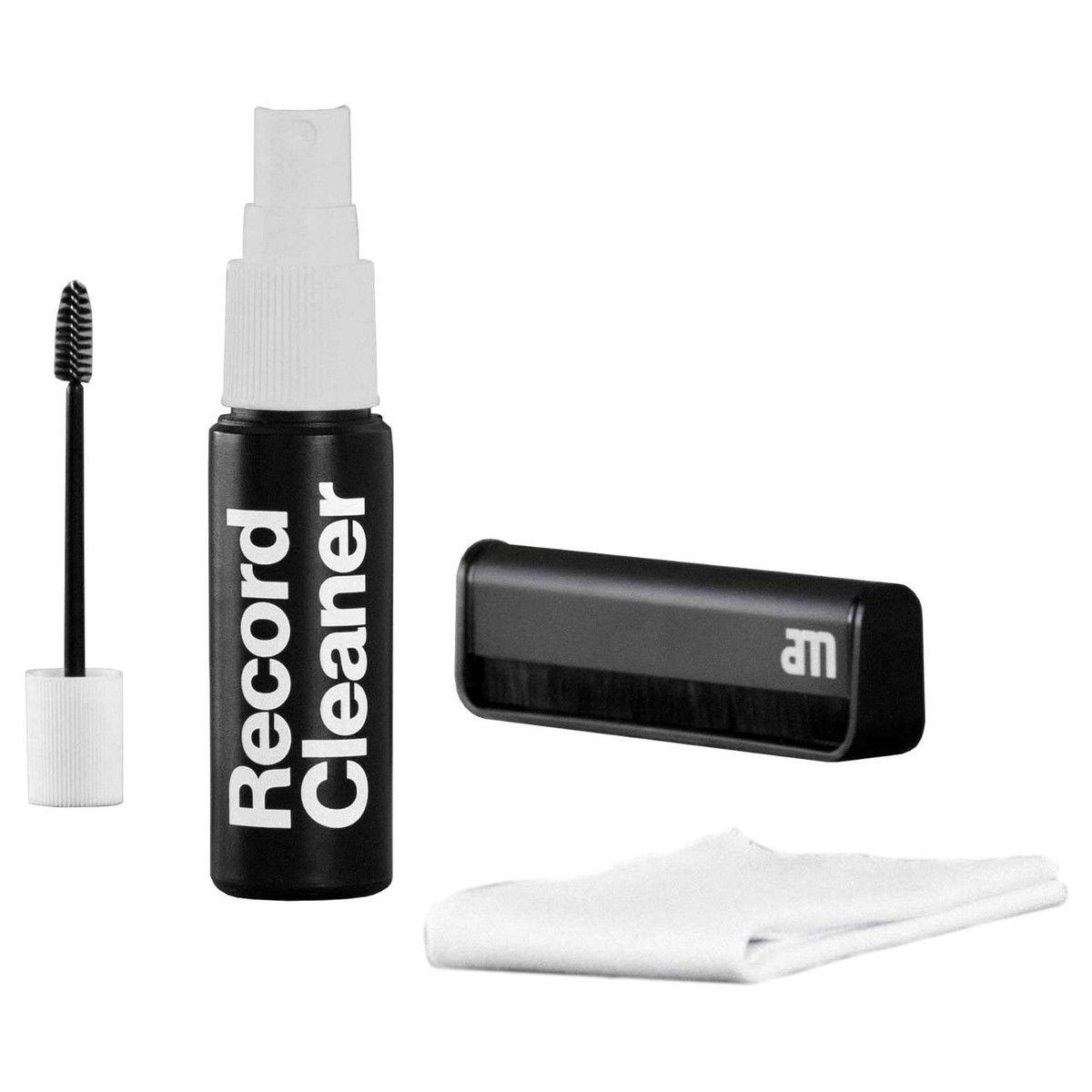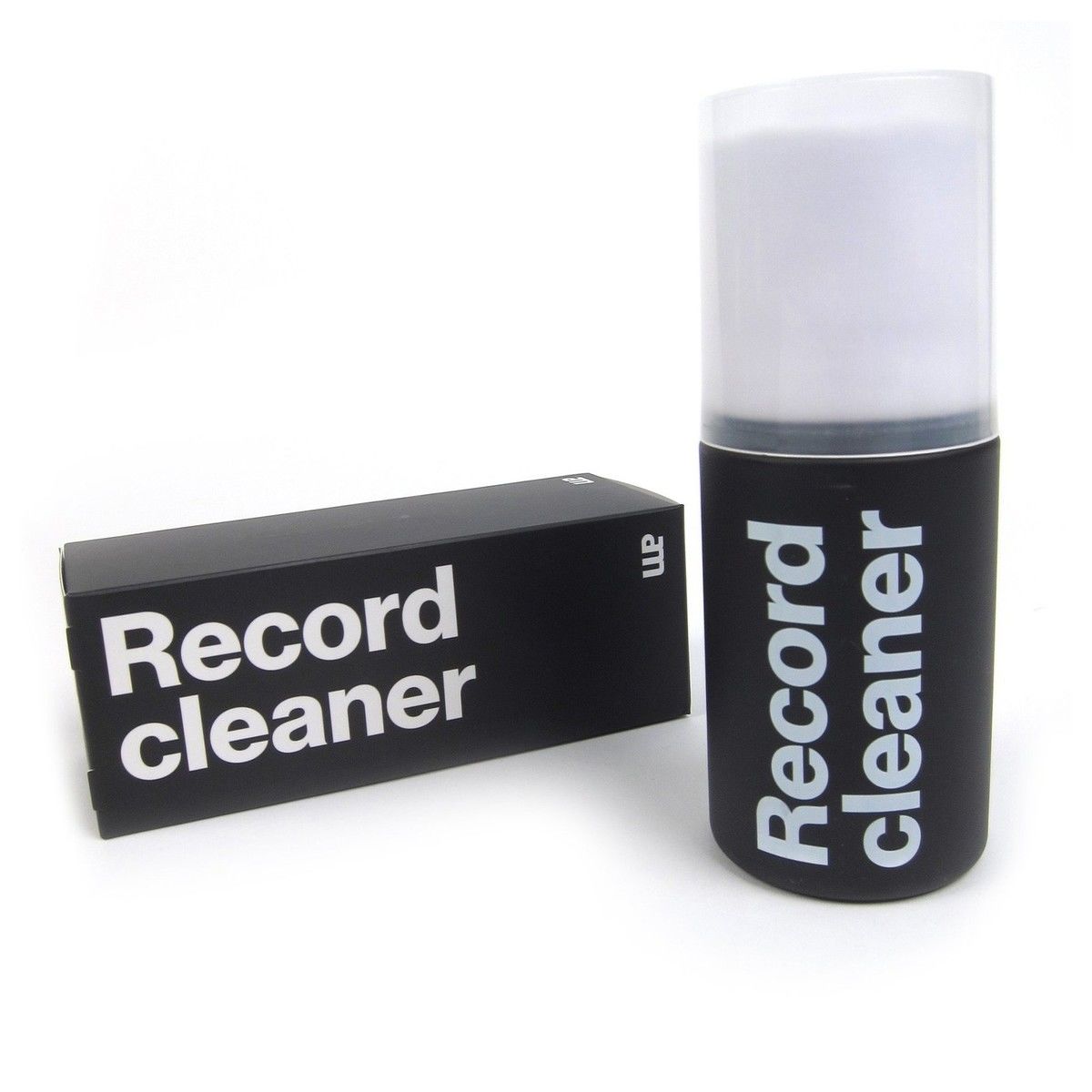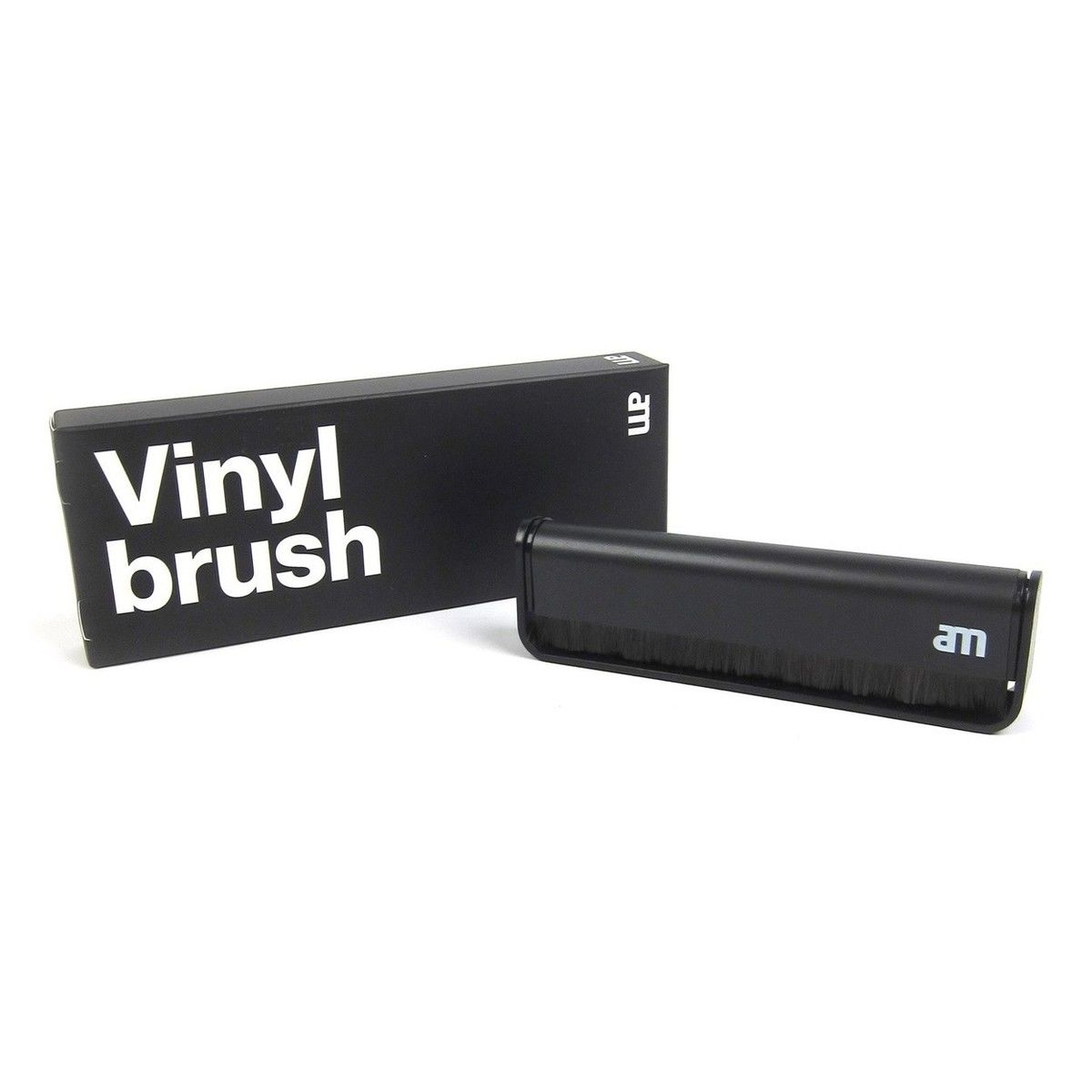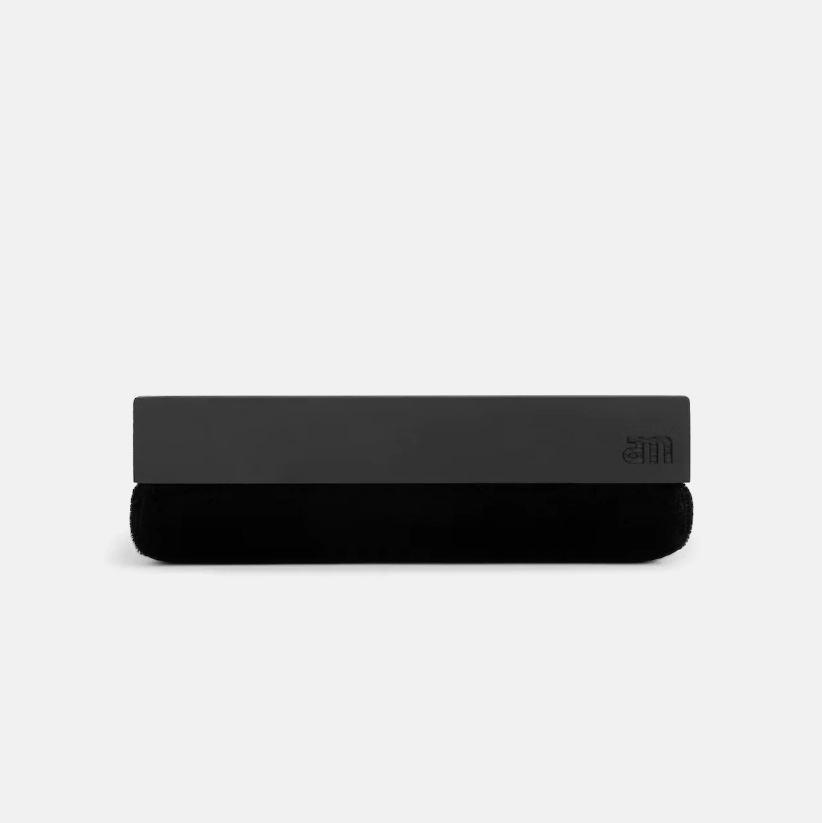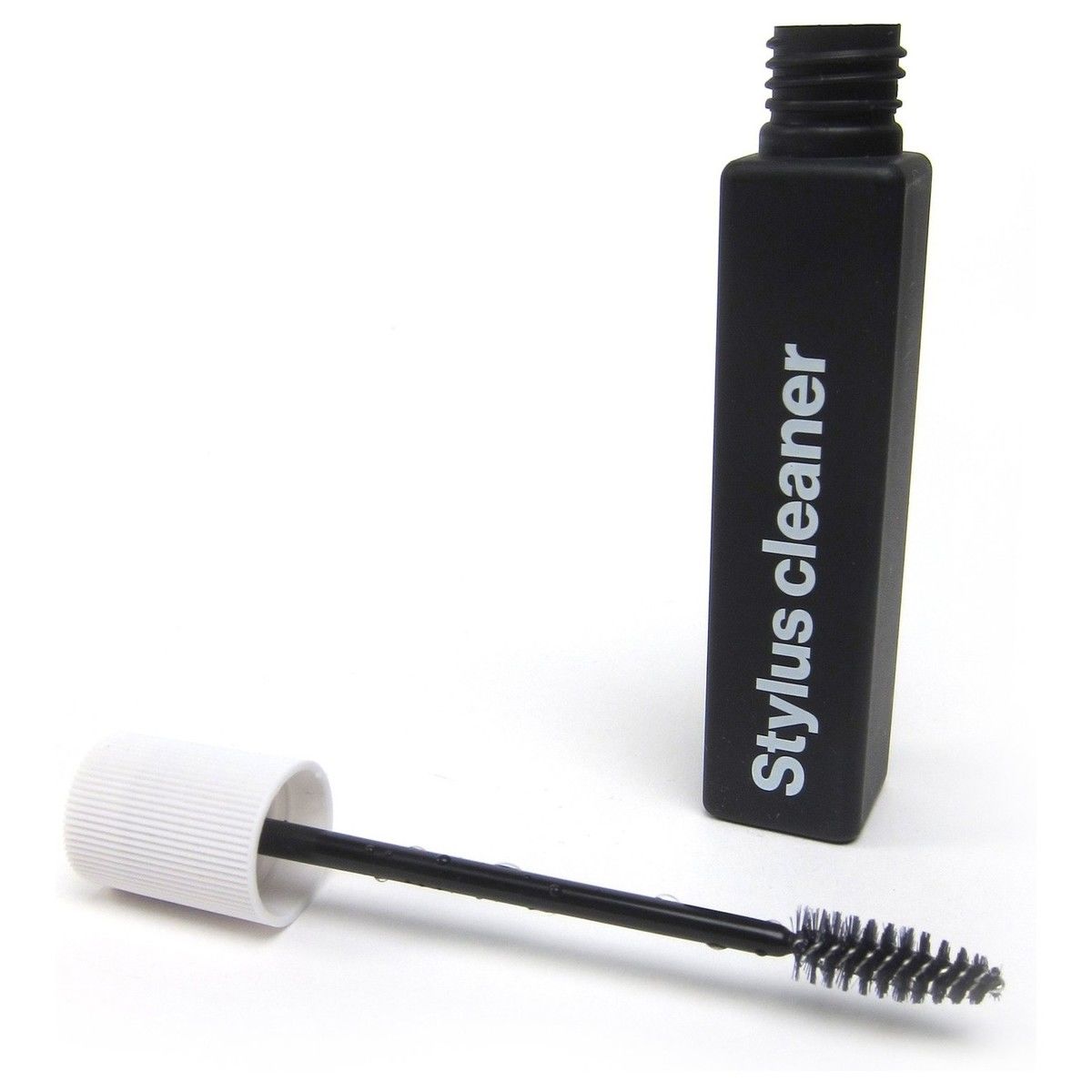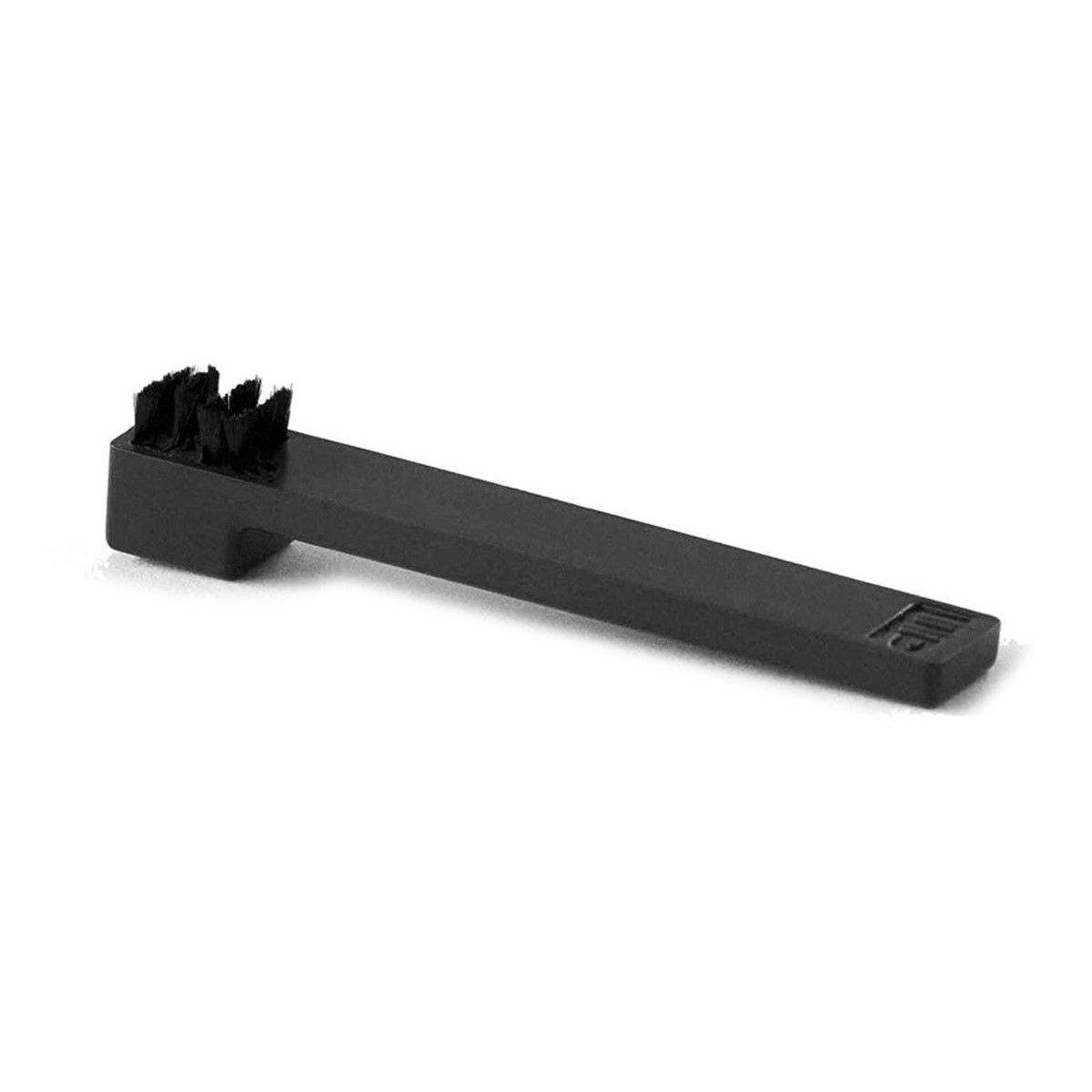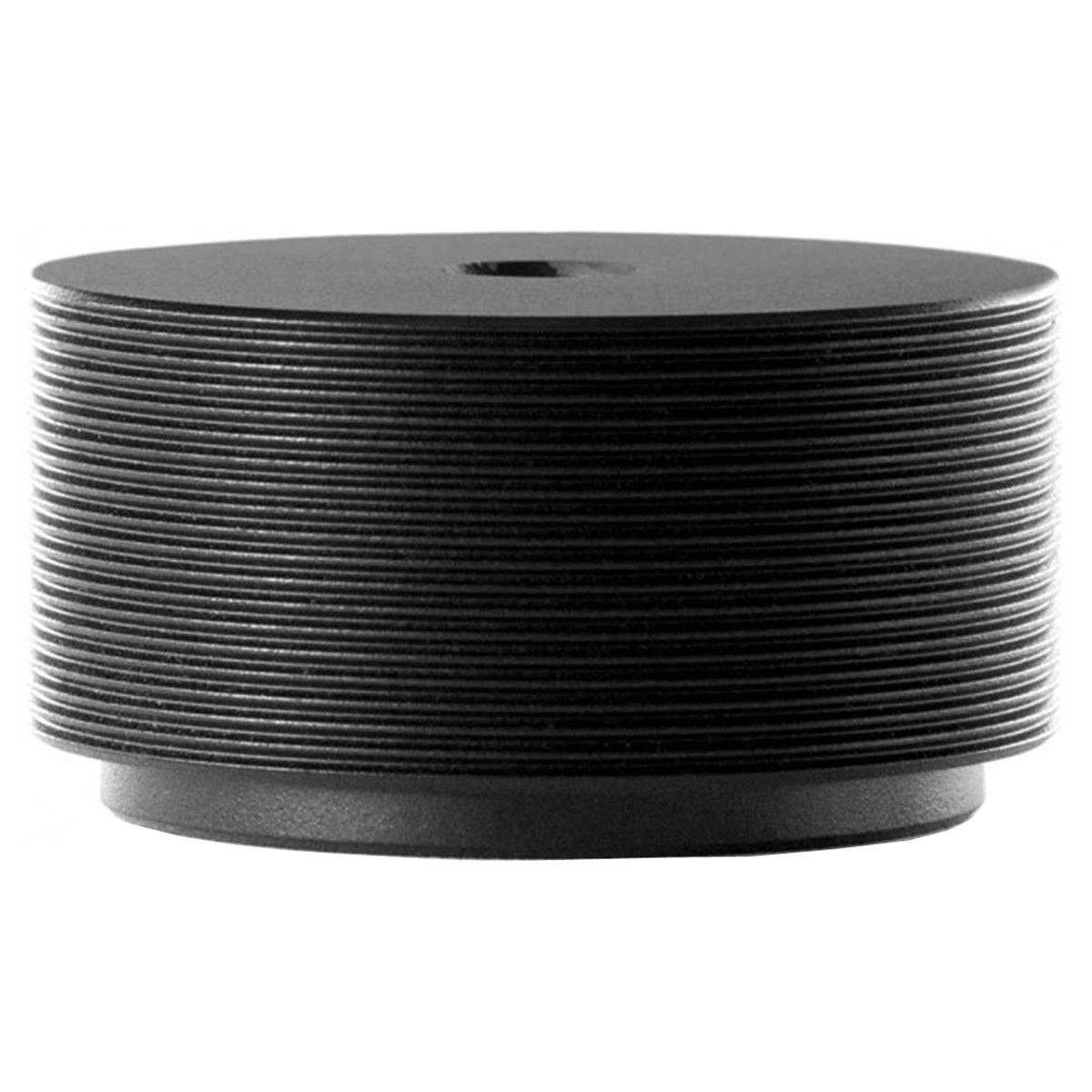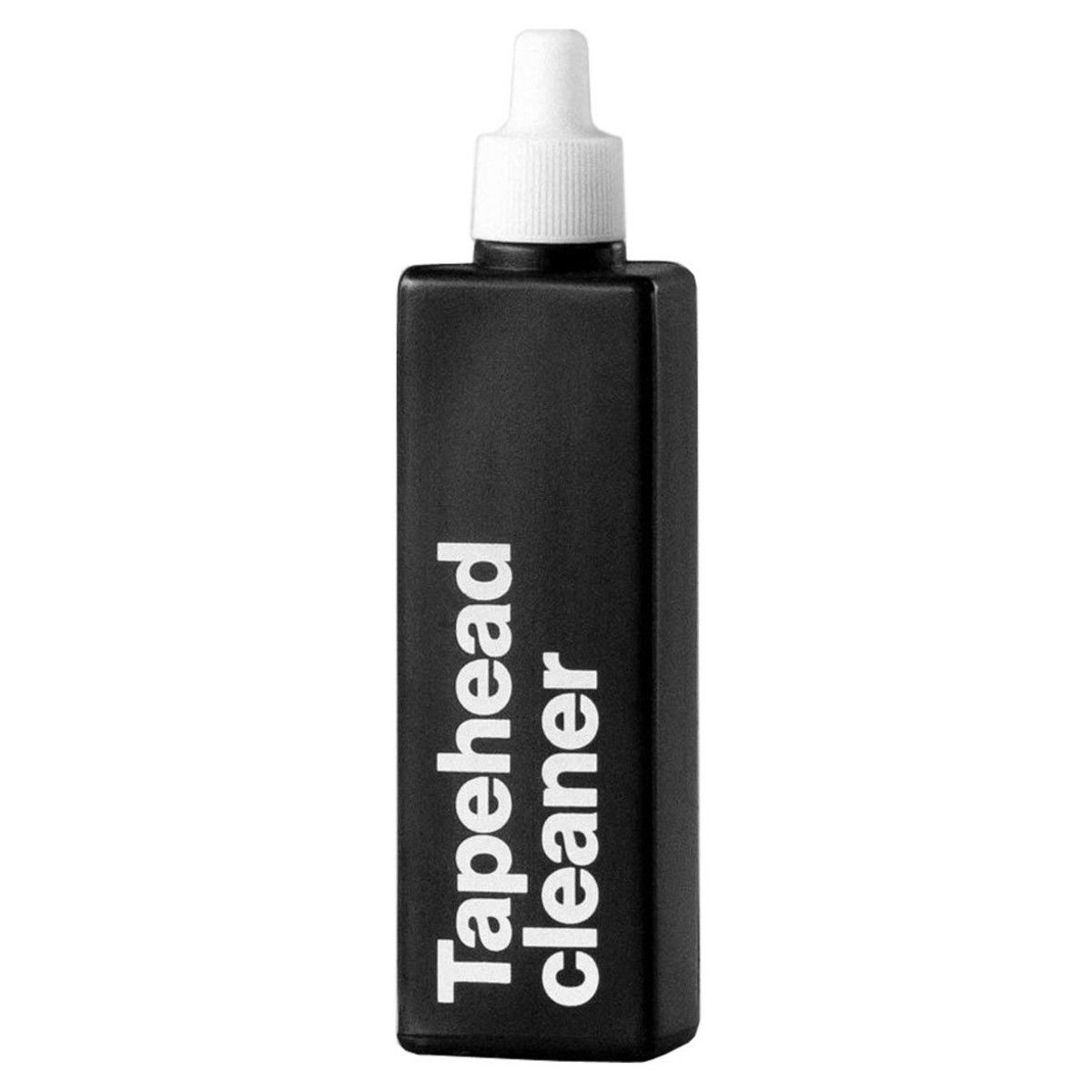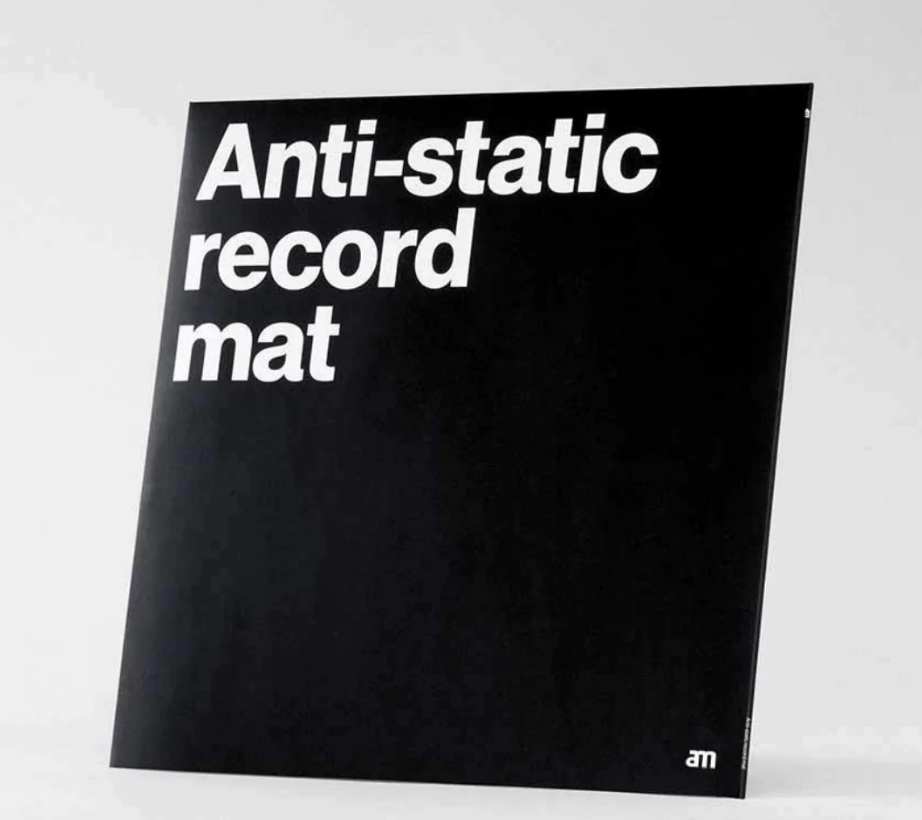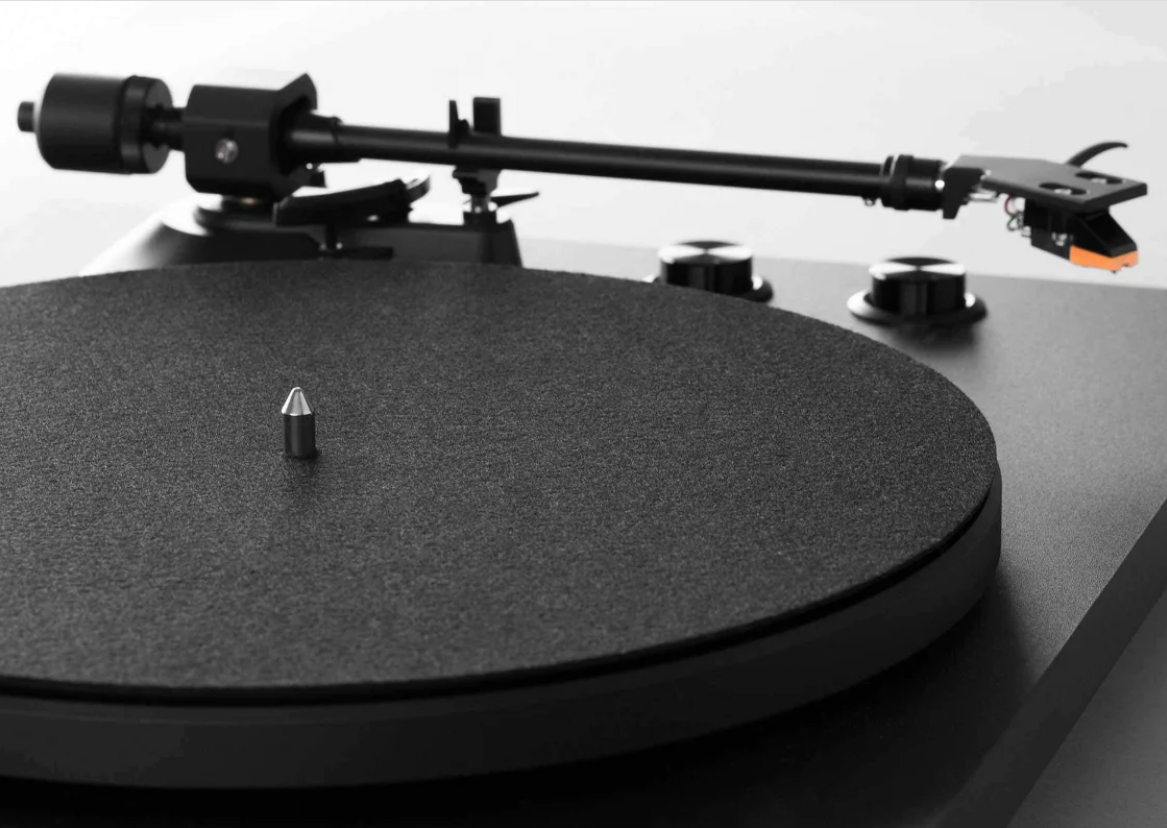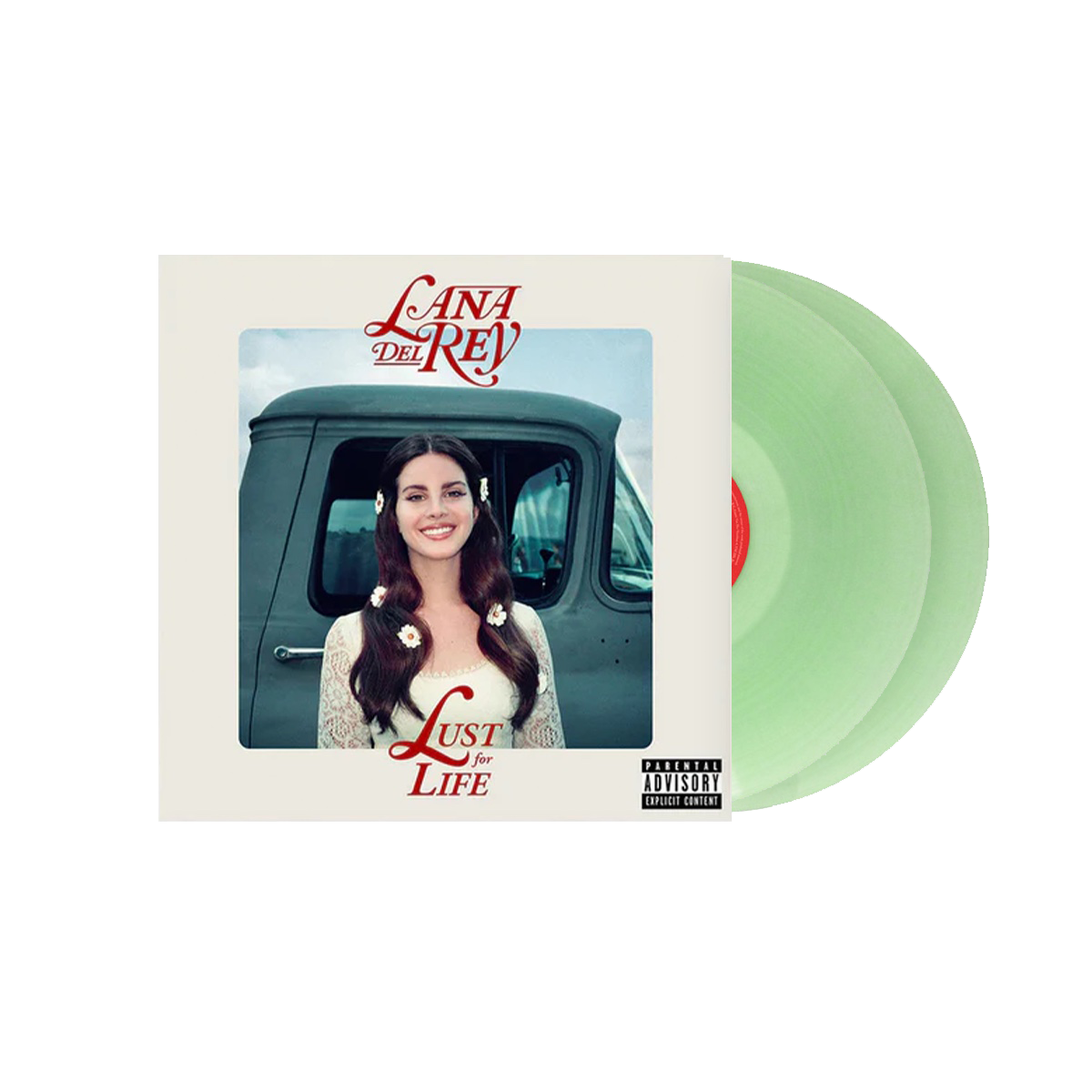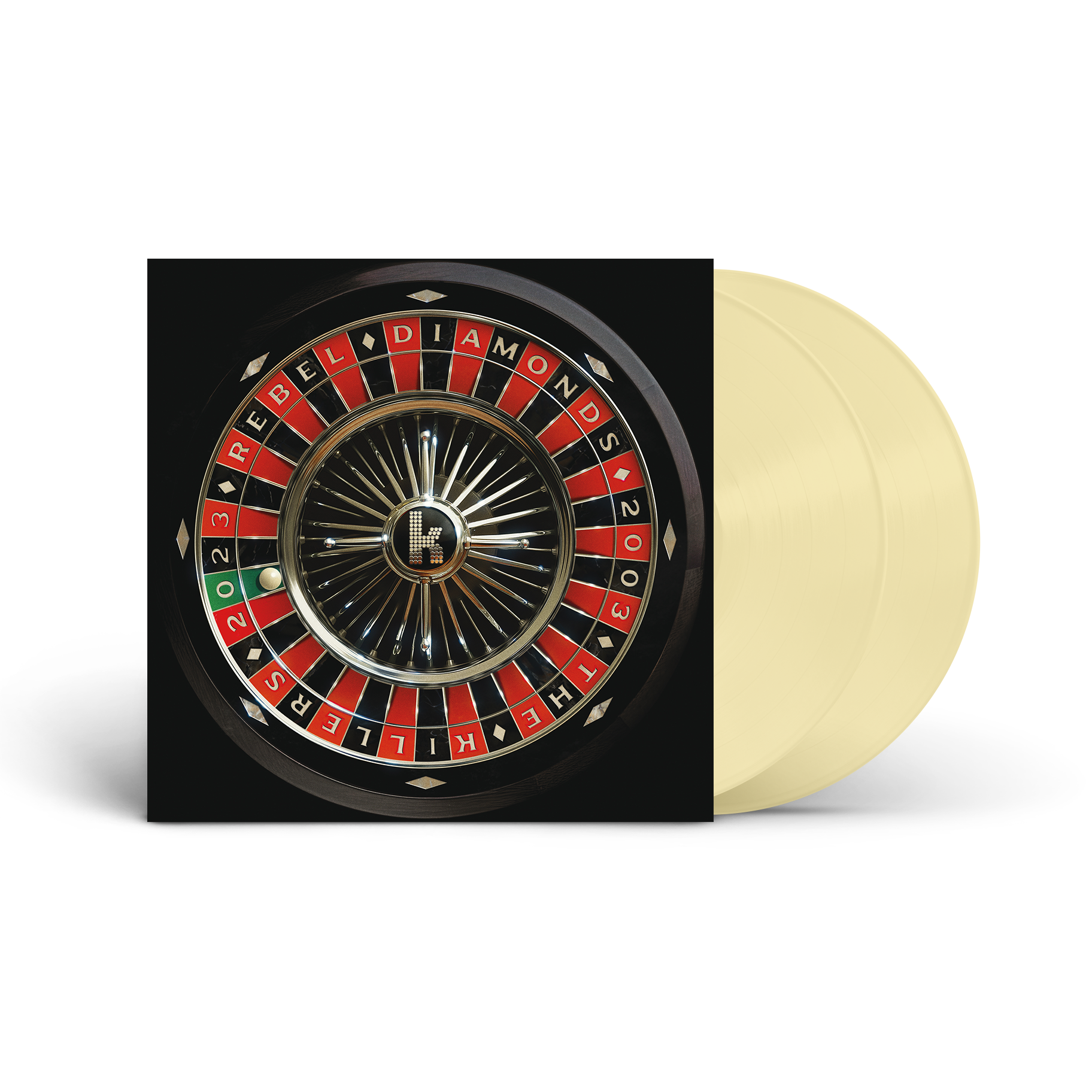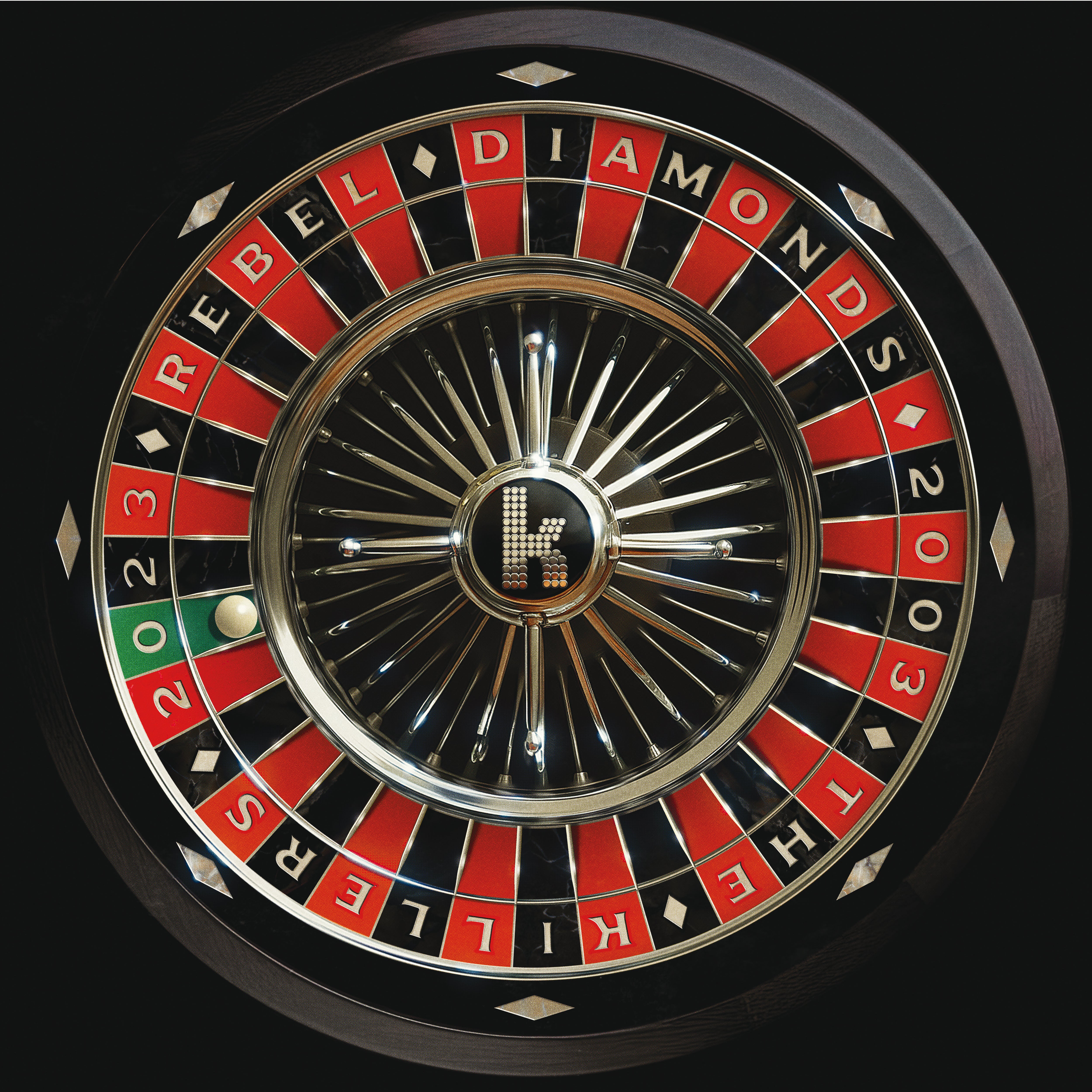Vinyl FAQ
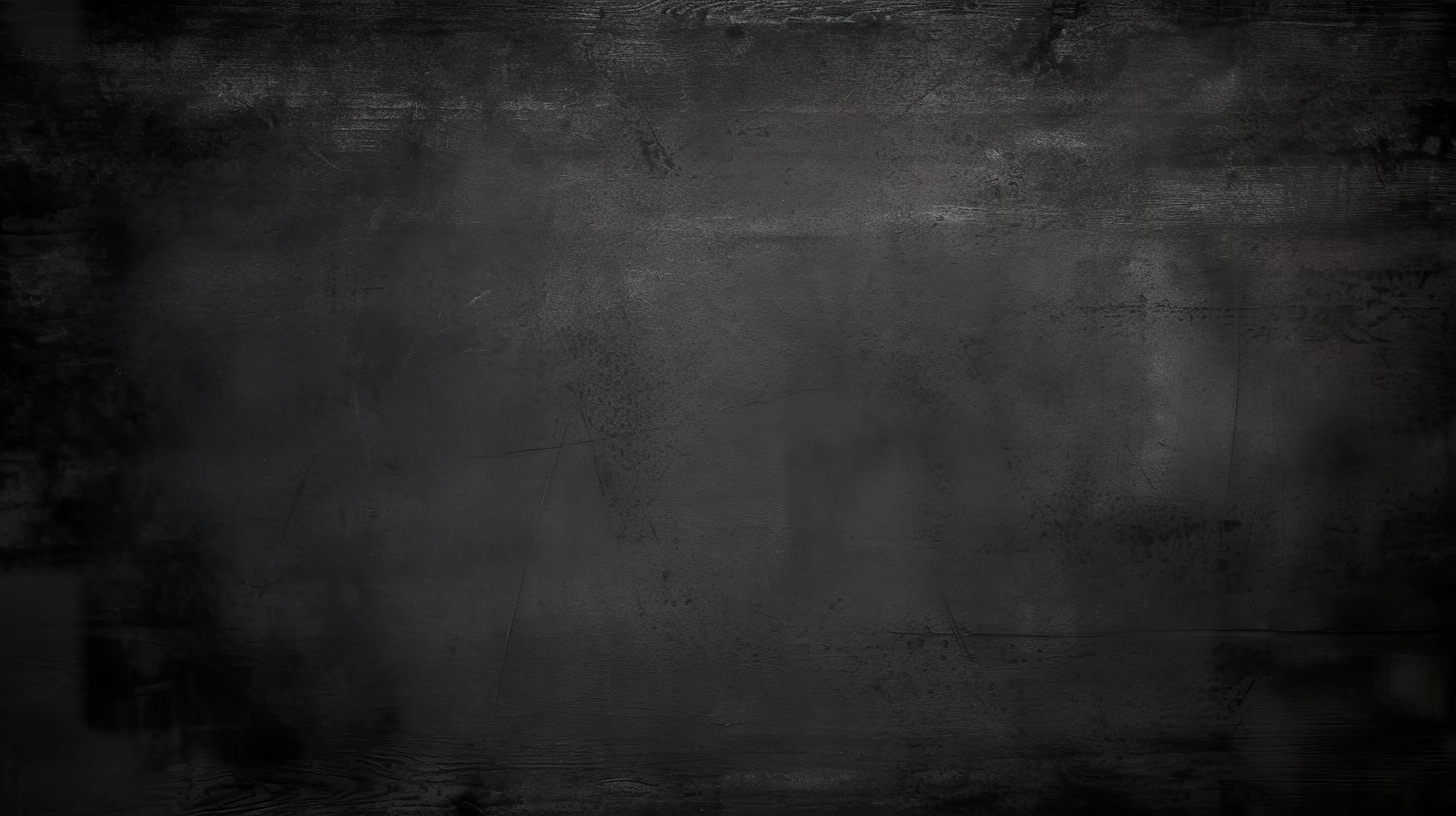
New to collecting vinyl? We've answered some of the most frequently asked questions to hopefully shed some light on the wonderful world of record collecting, and to help you get started. For any existing order queries, or any other questions you may have, please don't hesitate to contact our Customer Service Team.
1. How should vinyl be stored?
Vinyl should always be stored vertically, side by side. As vinyl is sensitive to weight and pressure, stacking vinyl horizontally can result in the records distorting (warping) and becoming unplayable.
Vinyl is also sensitive to heat and humidity. Where possible it is recommended that vinyl be stored at temperatures between 18 - 21 degrees, and in spaces with humidity levels between 45 - 50%. To protect the vinyl from dust and scratches, you should always replace the vinyl into both the inner sleeve, and outer sleeve after use.
2. How should vinyl be handled?
To prolong the life and quality of vinyl, contact with records should be limited to only the middle label and outer edges, ideally with clean hands as sweat and humidity can deteriorate vinyl over time.
3. When and how should I clean my vinyl?
Vinyl records need to be cleaned regularly in order to be playable, as dust and debris can build up over time (which can reduce music quality and cause scratches). It is recommended to use a dry microfibre cloth, or carbon fibre brush to clean the vinyl surface before each use.
For a thorough clean, these products can also be combined with a record cleaning solution. Regular tap water should never be used to clean vinyl, as this can contain limescale or other deposits which can damage your records. The use of alcohol and other household cleaning products are also not advised.
A selection of products to help protect, and prolong the life of your vinyl can be found below and on our Vinyl Care page.
4. My record skips throughout and is unlistenable, is it broken?
Potentially, although this is commonly caused if your tonearm is not weighted properly. A simple adjustment of your turntable's anti-skating mechanism - usually a knob or spring at the back of the tonearm - to apply more pressure from the needle (stylus) onto the grooves of the vinyl, should fix this. For turntables without anti-skating, an old-school hack to do this would be fixing a penny on top of the stylus to weigh it down.
You should also ensure your turntable is placed on a level, non-resonating surface, ideally away from or on a separate surface from the speakers. Some records can also come with residual dust from the pressing plant, or particles from the inner sleeve. A thorough clean of the record can usually increase performance and greatly reduce skipping.
5. My vinyl is warped, what do I do?
As vinyl is fragile, and sensitive to various factors including weight, pressure, temperature, humidity and sunlight, sometimes vinyl can warp. In general though, minor warping shouldn't affect playability, however major warping will. If you have purchased a record that arrives significantly warped, we advise getting in touch with our Customer Service Team.
There is no guaranteed method to flatten warped vinyl, however for records with minor warping there are some ways to either fix, or reduce the effects of warping. One method, would be to flatten the vinyl between heavy books for multiple days. Another option (available for some record players), would be to purchase a record weight which can improve playability by holding the vinyl down tight against the platter during playback.
6. My white / colour vinyl has a smudge, is this normal?
Due to the way colour vinyl is manufactured, inevitability there will sometimes be variations in the colour of your coloured vinyl. This is completely normal though and won't impact how your record plays.
Still to get your hands on some coloured wax? Take a look at some of our favourite colour vinyl releases from recent years below, or visit our Colour Vinyl collection.
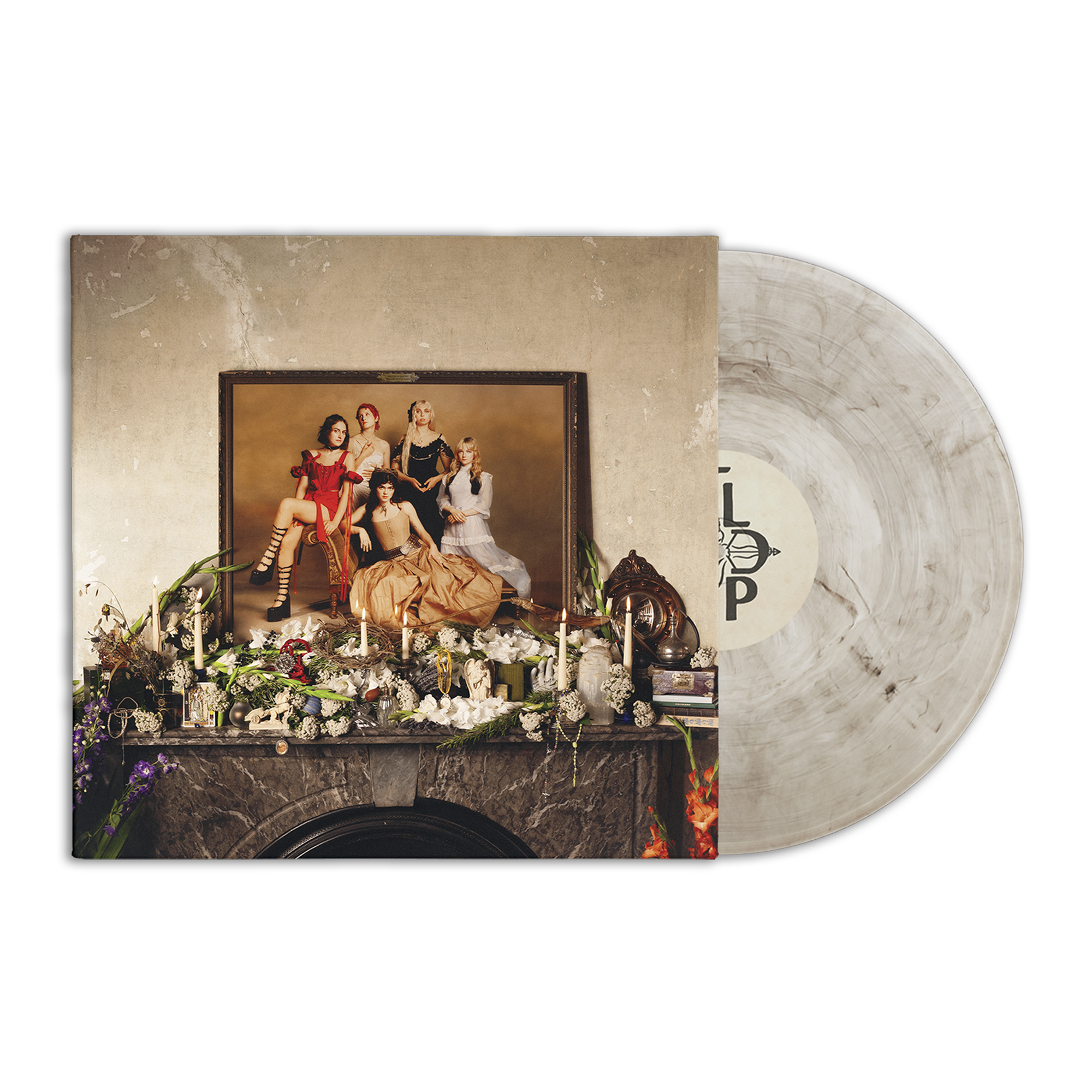
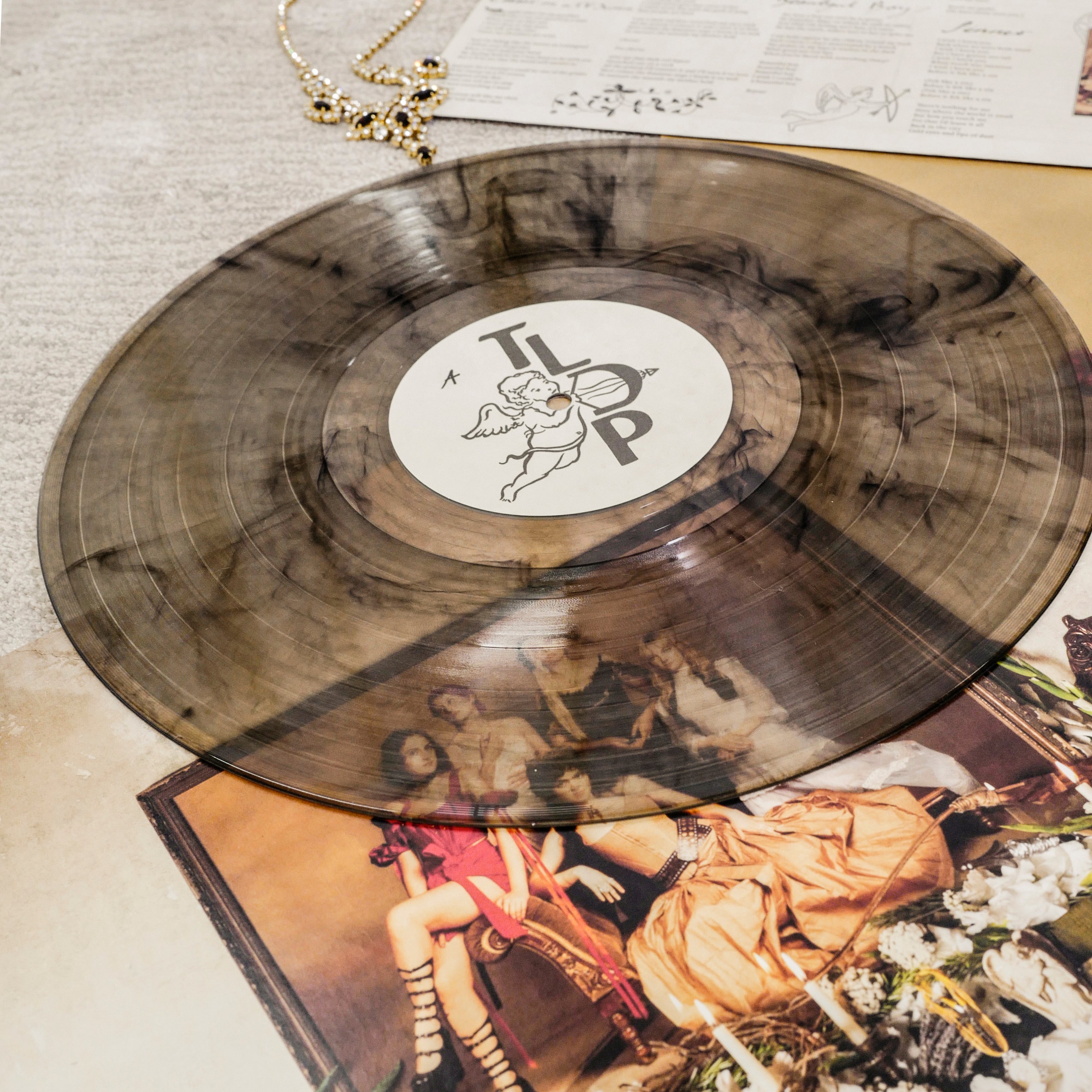
- The Last Dinner Party
Prelude To Ecstasy: Limited Smokey Marble Vinyl LP
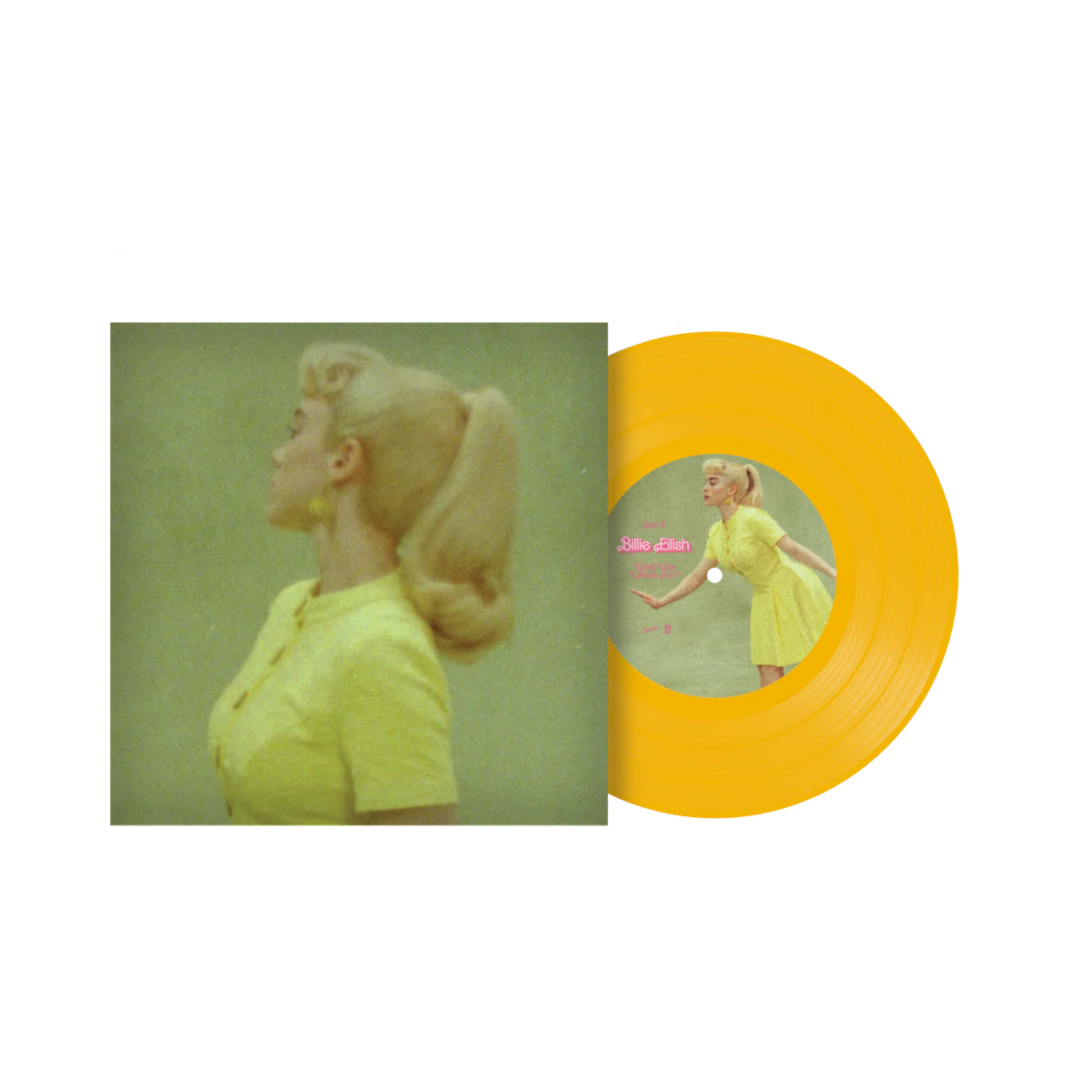
- Billie Eilish
What Was I Made For? Limited Yellow Vinyl 7" Single
-
Sold Out!
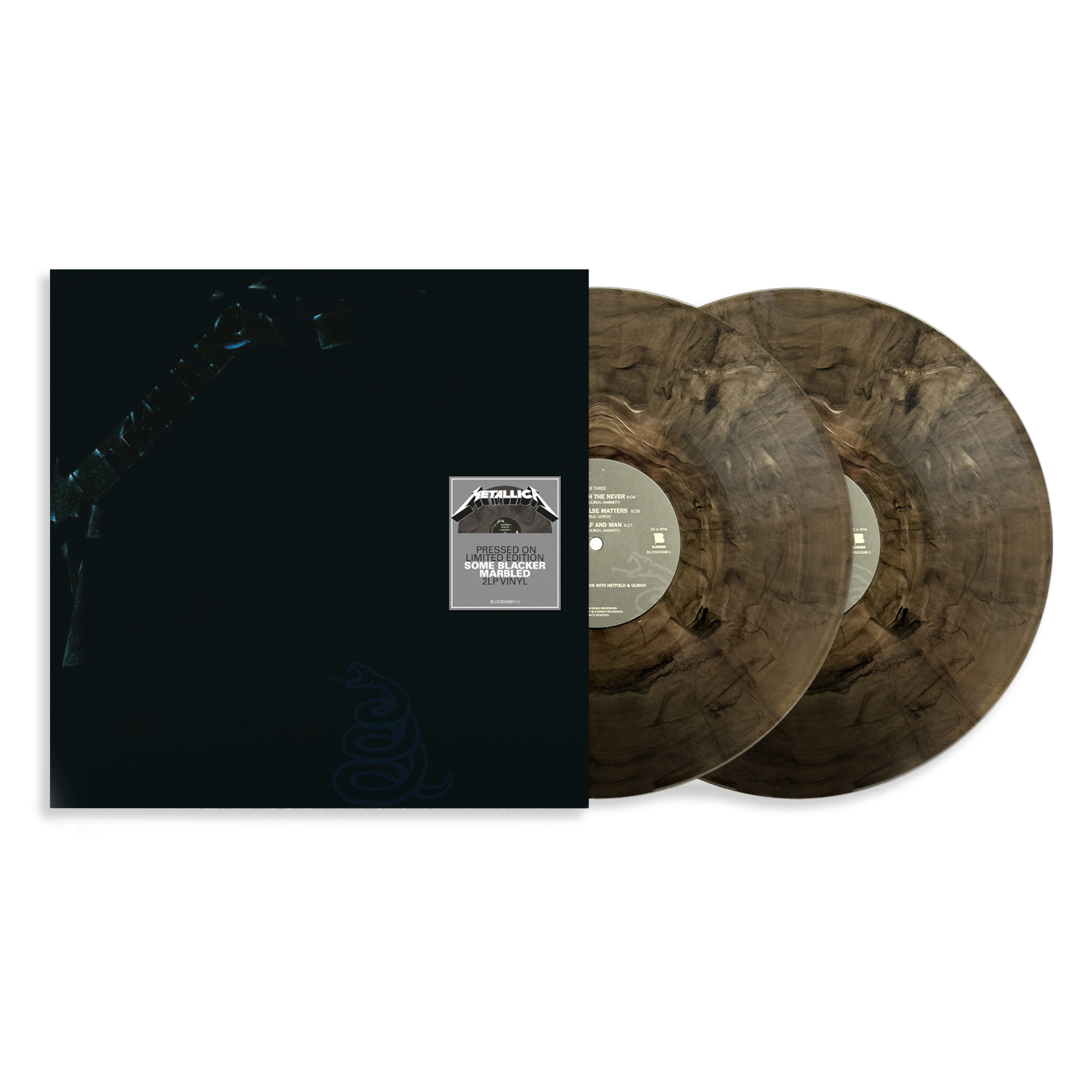
- Metallica
Metallica: Limited 'Some Blacker' Marbled Vinyl 2LP
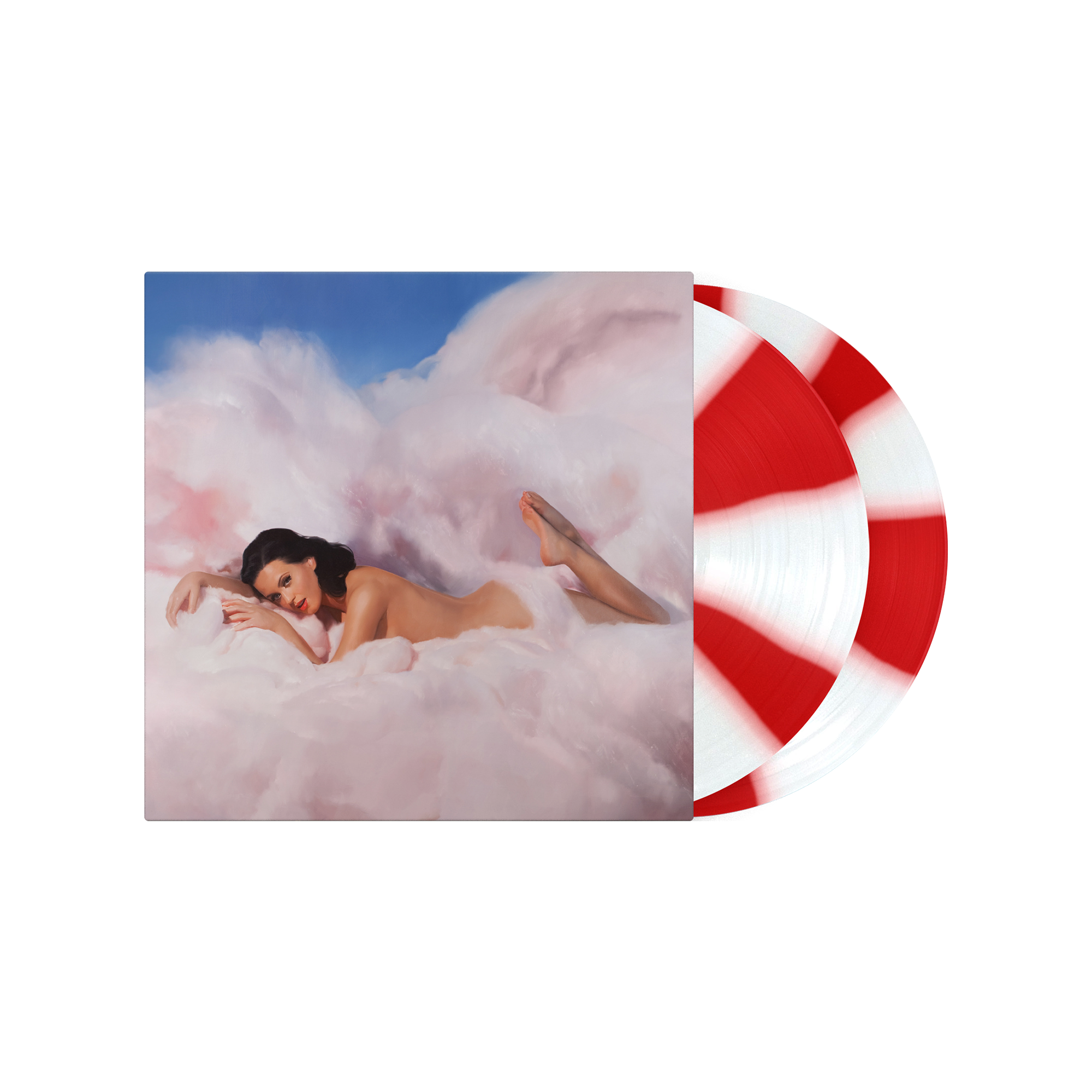
- Katy Perry
Teenage Dream (13th Anniversary Edition): Exclusive Cornetto Vinyl 2LP
-
Only 9 left

- Ghost
Phantomime: Exclusive Limited Edition Gold Vinyl LP
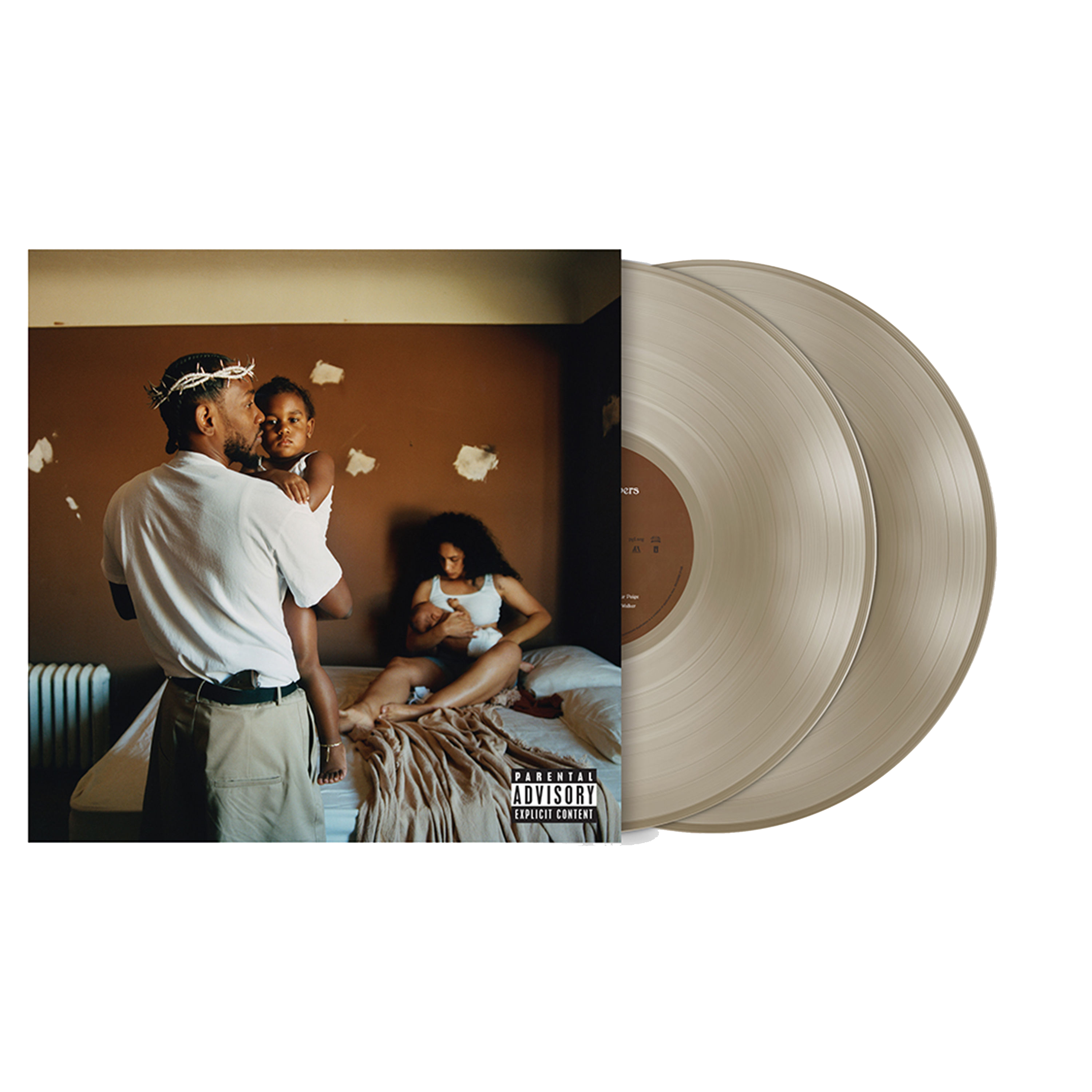
- Kendrick Lamar
Mr. Morale & The Big Steppers: Exclusive Coloured Vinyl 2LP


- Taylor Swift
1989 (Taylor's Version): Limited Tangerine Edition Vinyl LP
7. My vinyl has scratches on it, what do I do?
Some minor scratching on the surface is normal and can occur from placing or removing the vinyl in its inner/paper sleeve, especially over time. These should not impact playability, however if there are more significant scratches which are impacting playability on a brand new record, please contact our Customer Service Team.
For ways to avoid scratches, as well as what to do if your record skips wherever you place the stylus (i.e. no one fixed point on the record), please read through the rest of this FAQ.
8. Will a different size or weight of record impact playability, or cause the sound quality to be different?
Records generally come in one of three standard sizes: 12, 10 and 7 inch. 7-inch records often contain singles (one or two tracks), whereas 10 and 12-inch records are usually album-length, although 12" singles are sometimes available too. There are some other odd-sized and die-cut records, but all should play on most turntables.
9. My record plays faster / slower than it should, what’s wrong?
In most cases, your record player is likely set to the incorrect speed. Turntables usually have at least two speeds, 33 1/3 and 45 rpm. Most 12” and 10” vinyl records are cut at 33 1/3 rpm, whilst most 7" records are cut at 45 rpm, but there are some exceptions (usually indicated on the sticker on the vinyl, or sleeves).
In very rare cases, a record can also be cut at 78 rpm. As a rule of thumb (unless specifically stated) you can assume that your vinyl is not playable at 78 rpm, this speed was used mostly for shellac gramophone records, and most modern record players do not support this speed.

